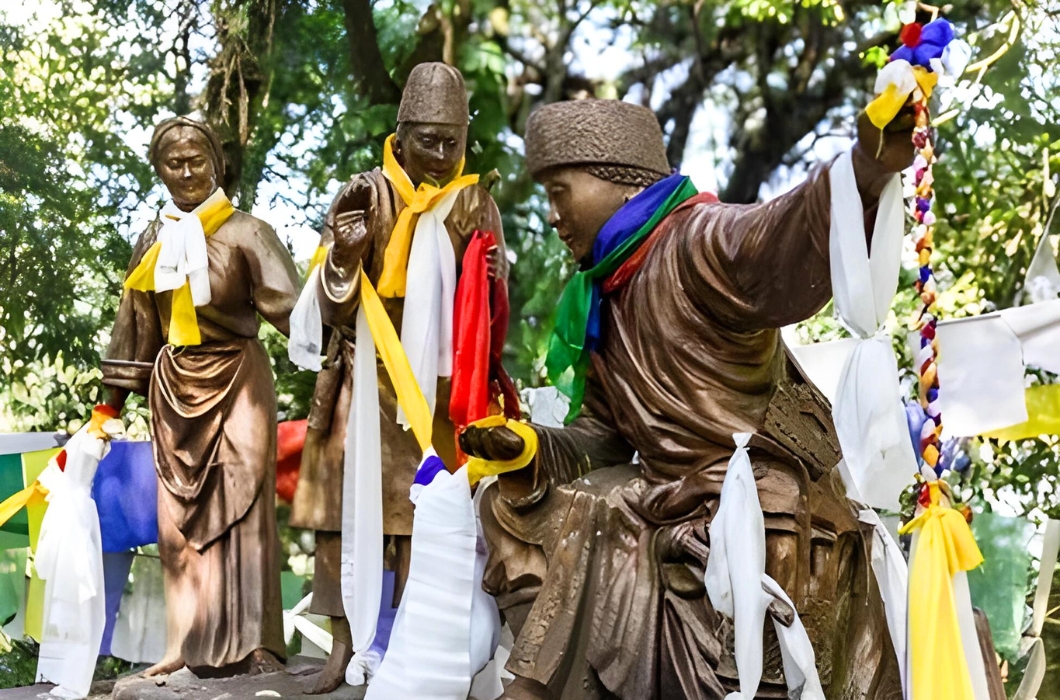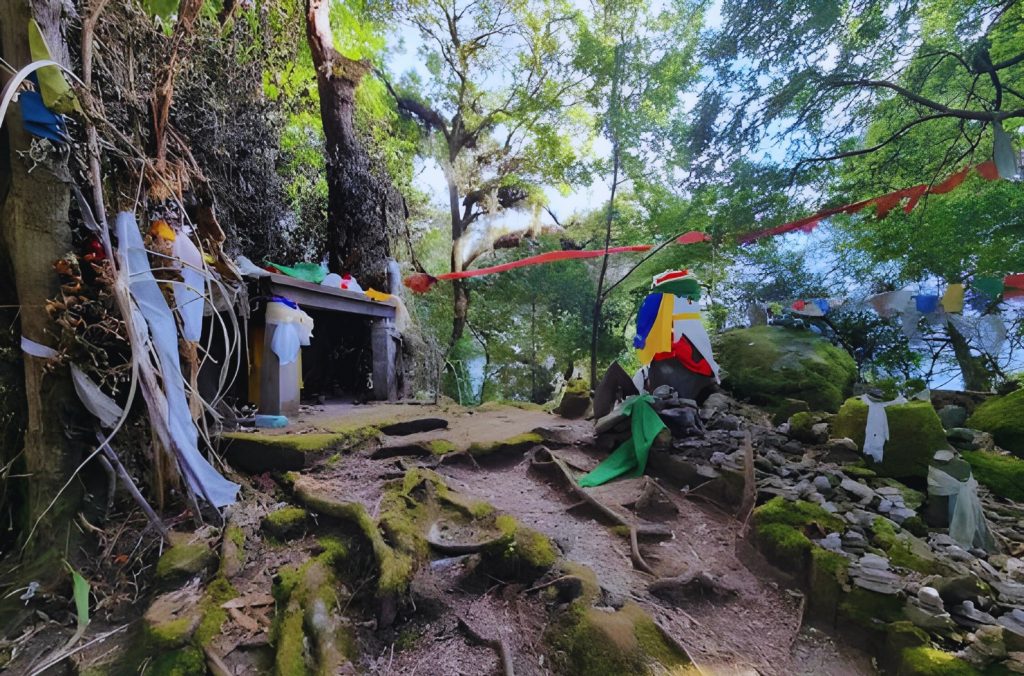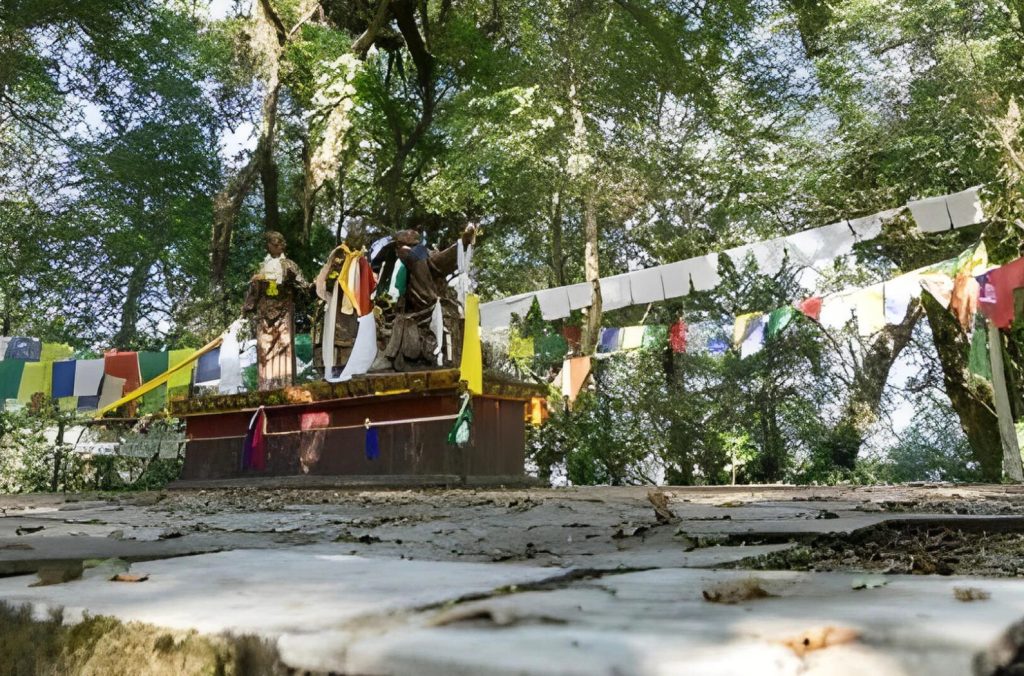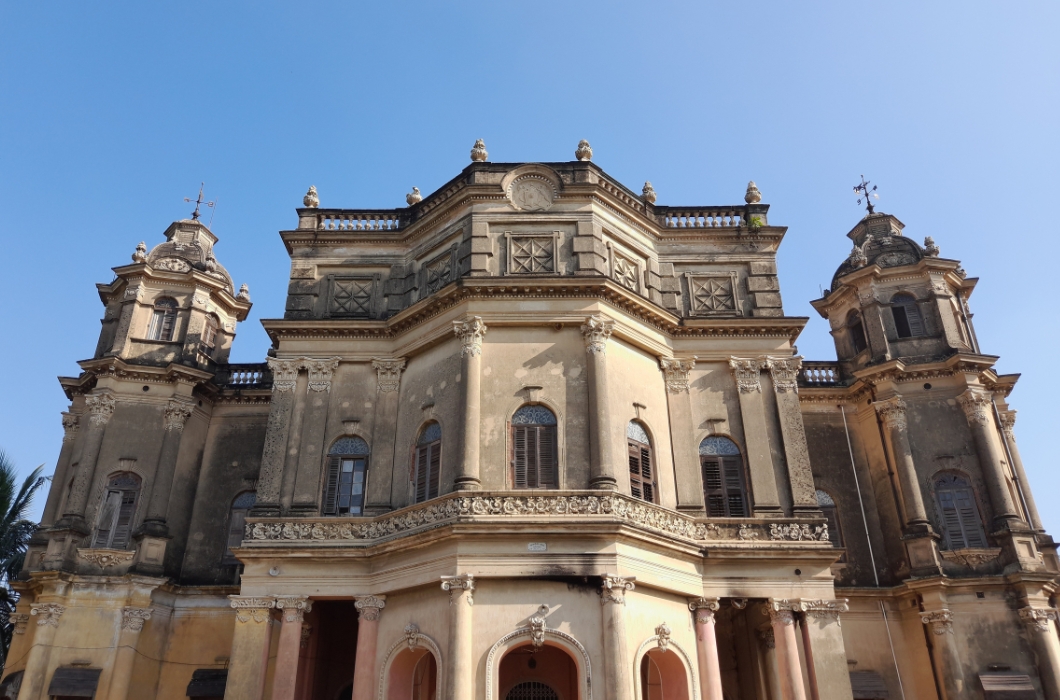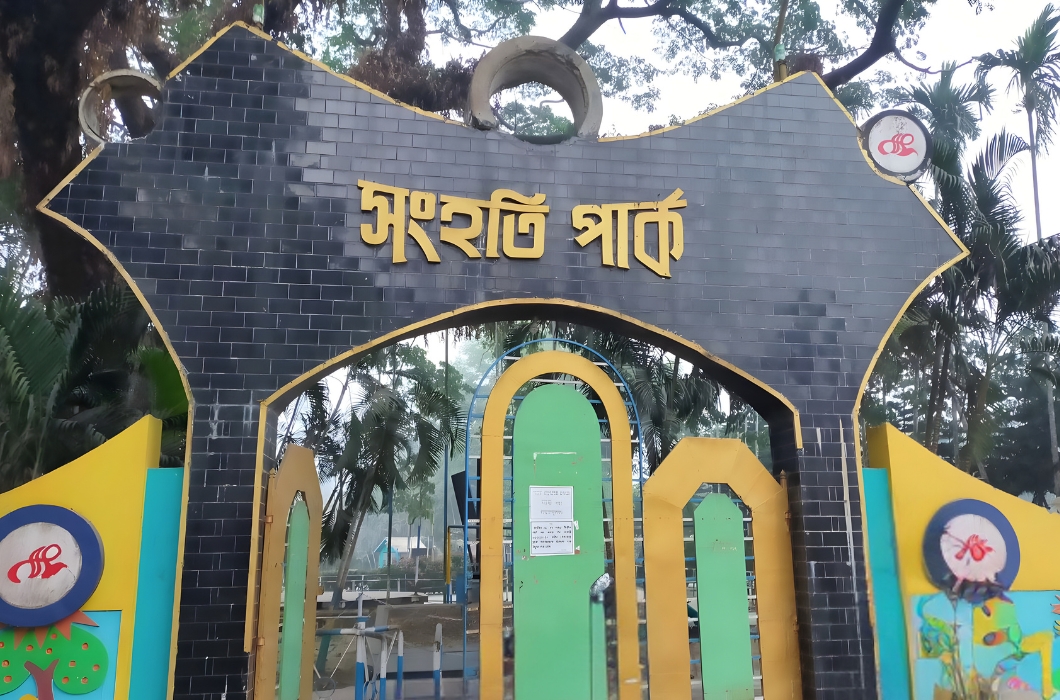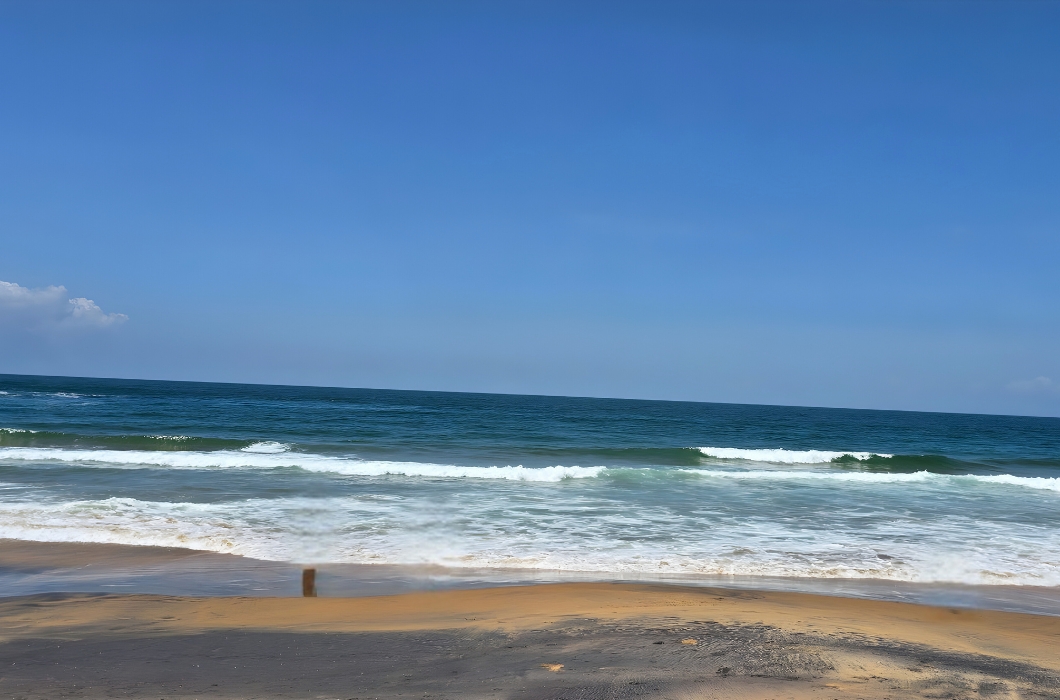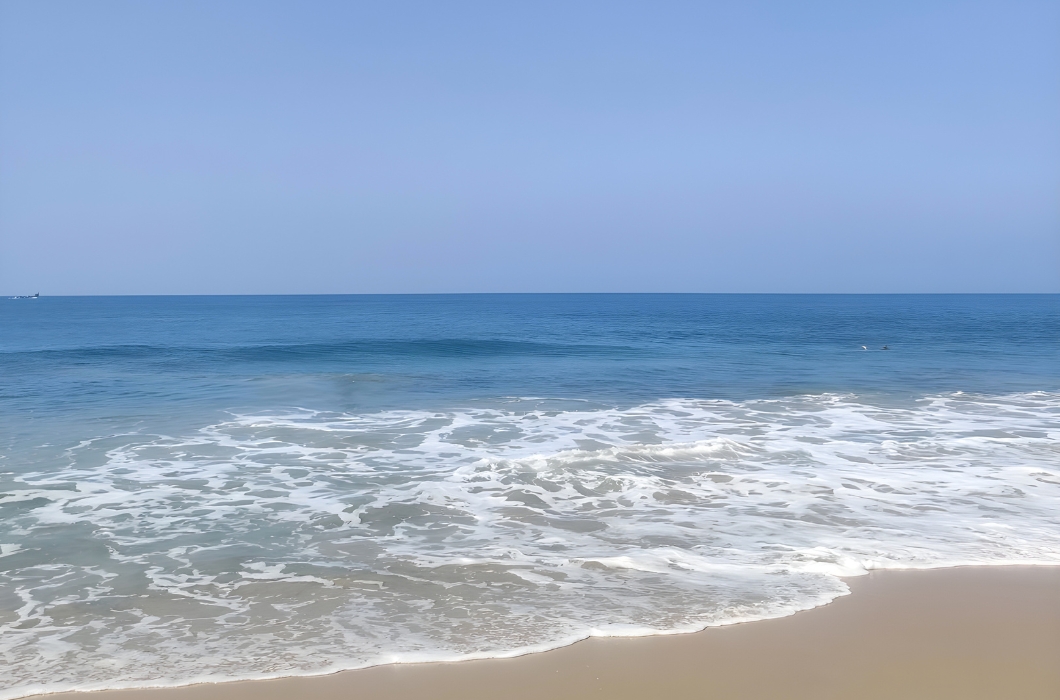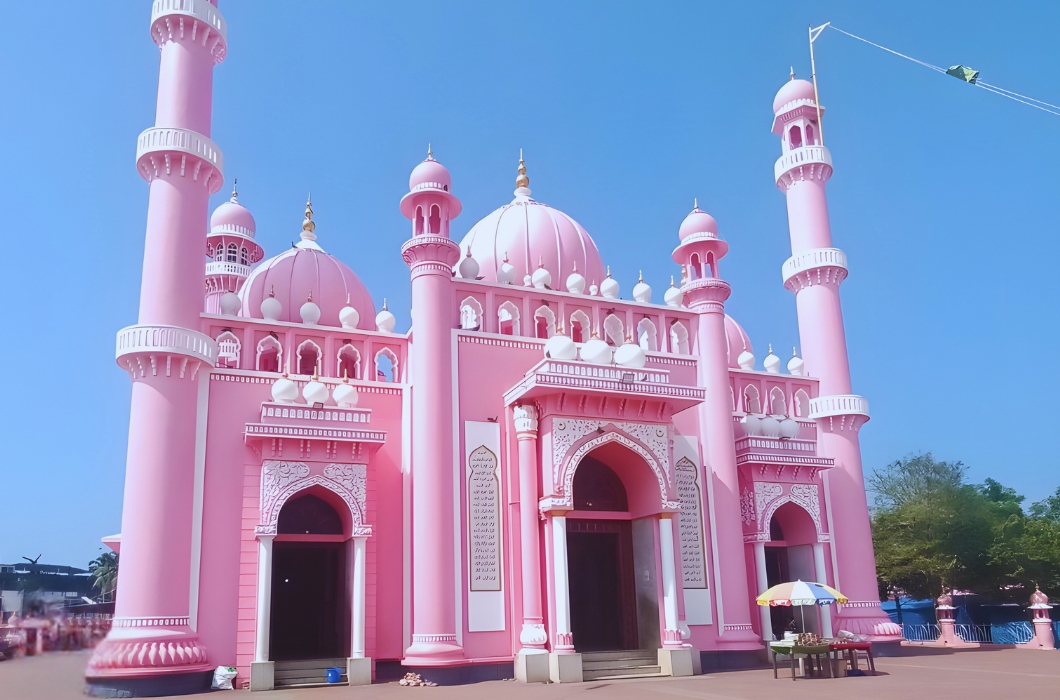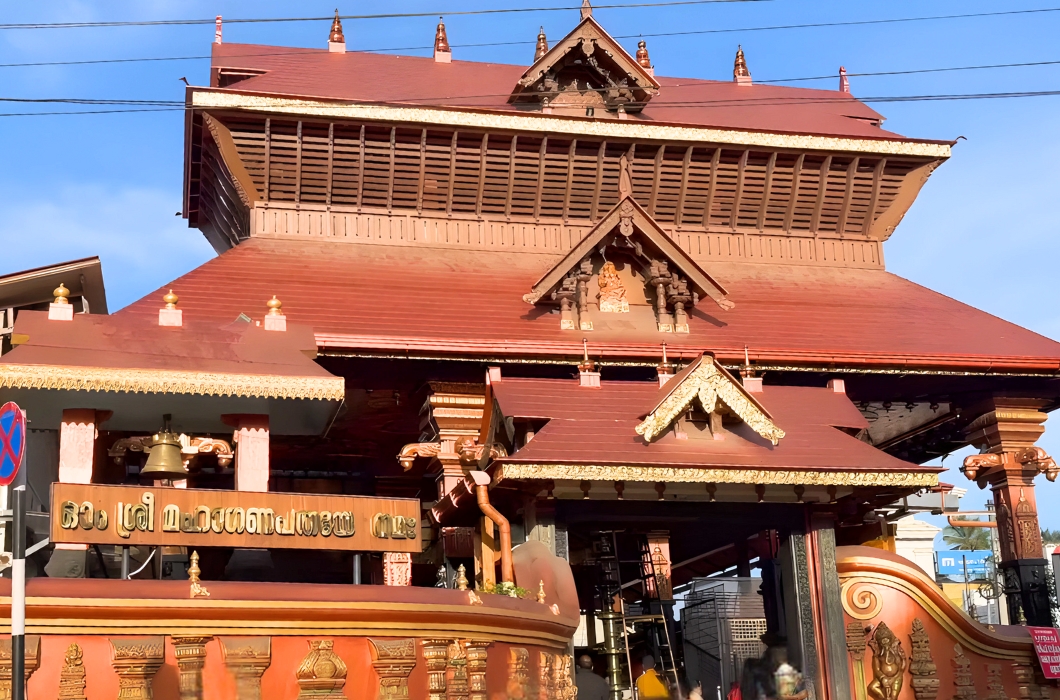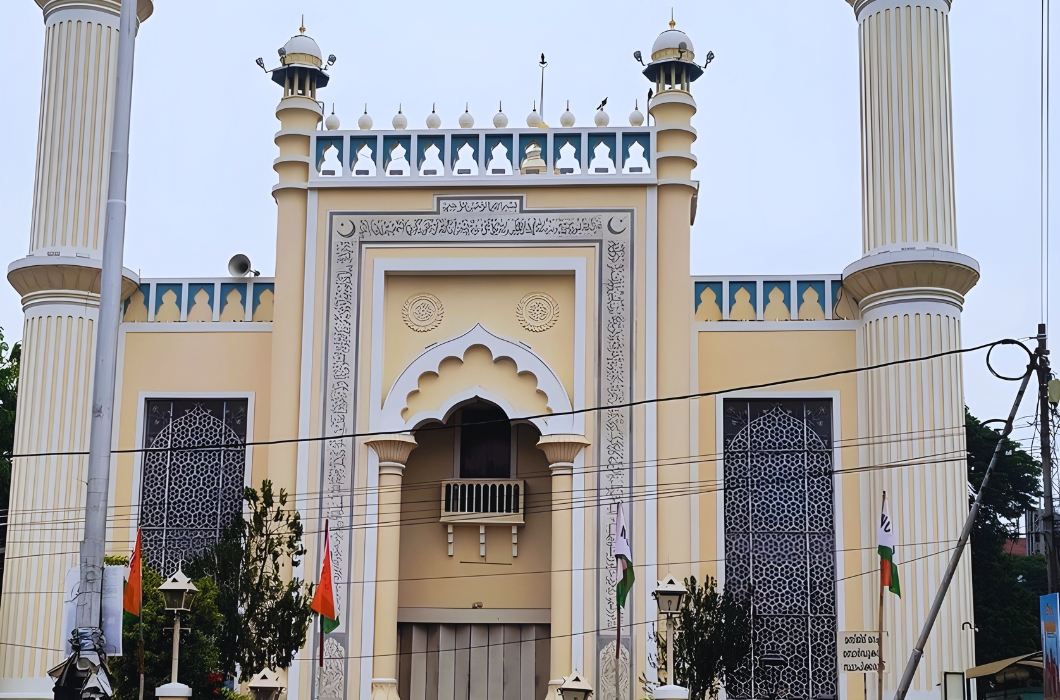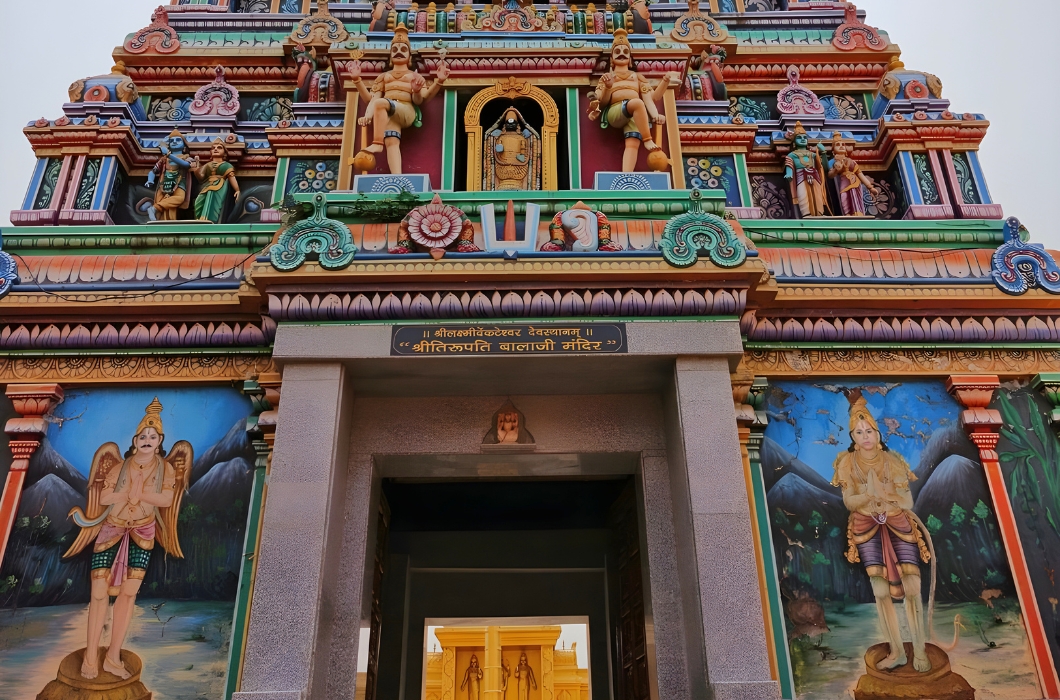In Sikkim, India’s northern region, lies the historically significant settlement of Kabi Lungchok. As the location of the 13th-century blood brotherhood covenant between the Lepcha chieftain Thekong Tek and the Bhutia chief Khey Bumsa, it is significant both culturally and religiously. The peaceful coexistence of the Bhutia and Lepcha communities in Sikkim is based on this agreement. The hamlet is renowned for its breathtaking scenery, which includes verdant surroundings and expansive vistas of the Himalayan range.
Share On Social:
Facebook
Twitter
Pinterest
WhatsApp

